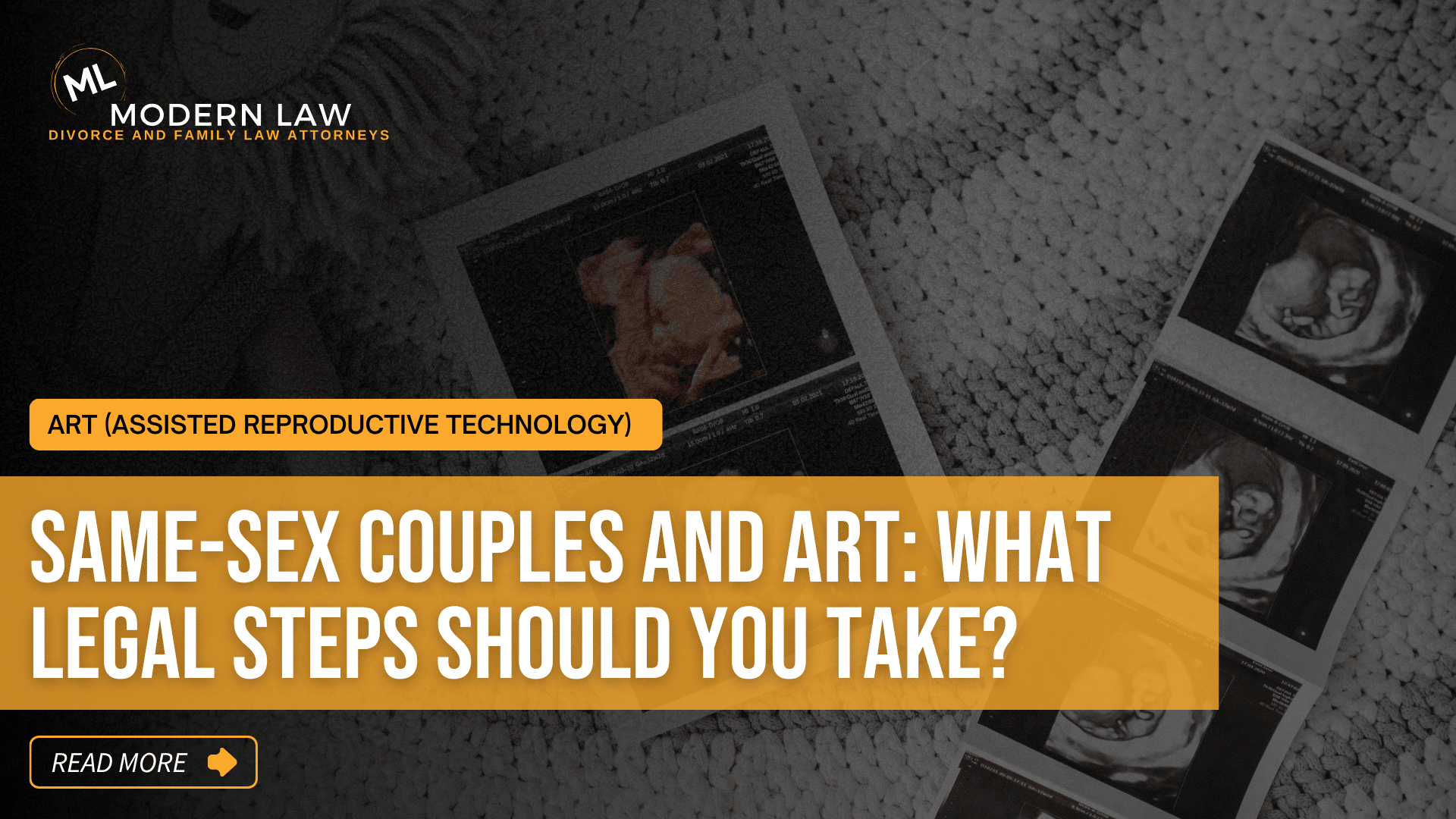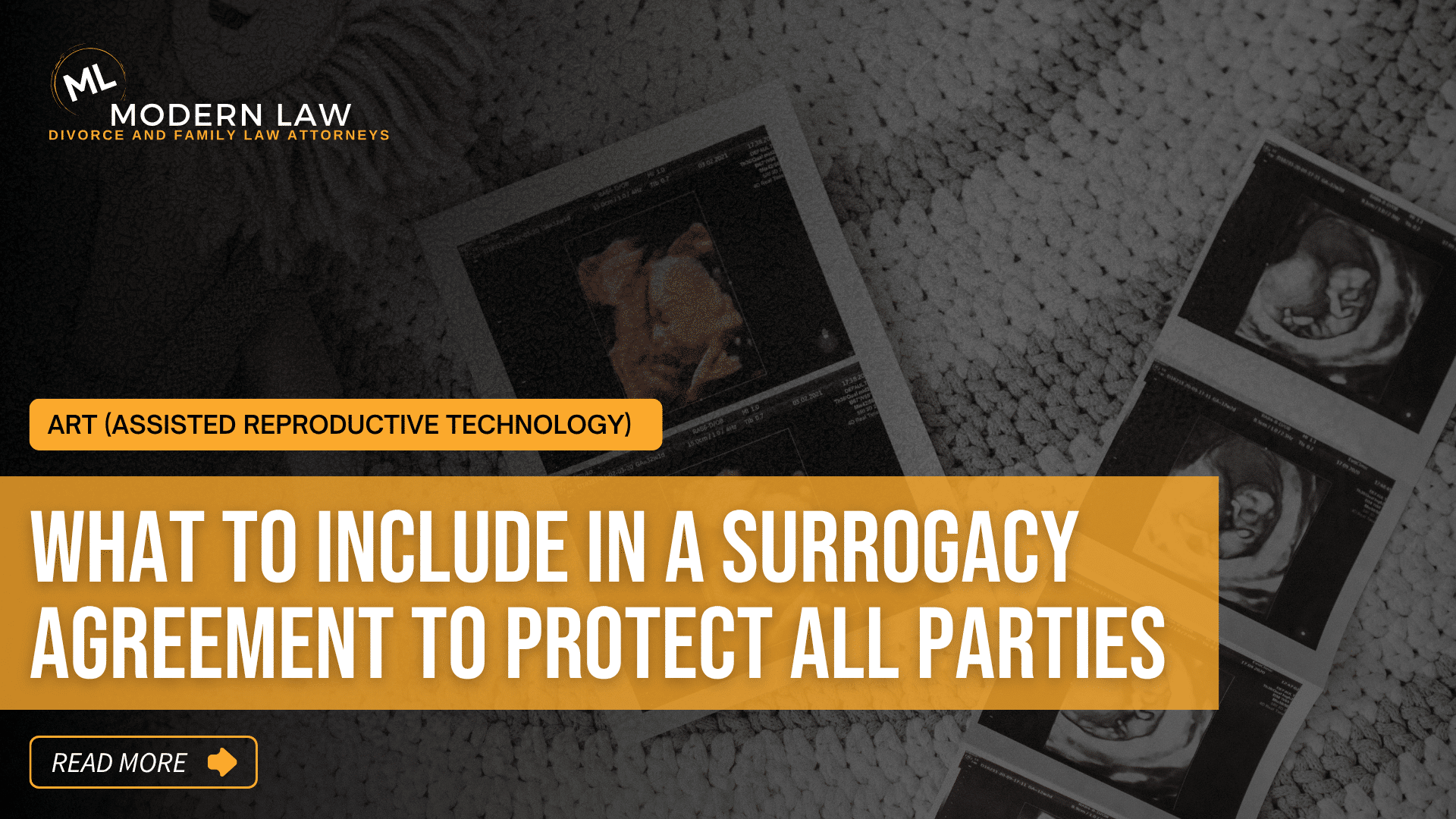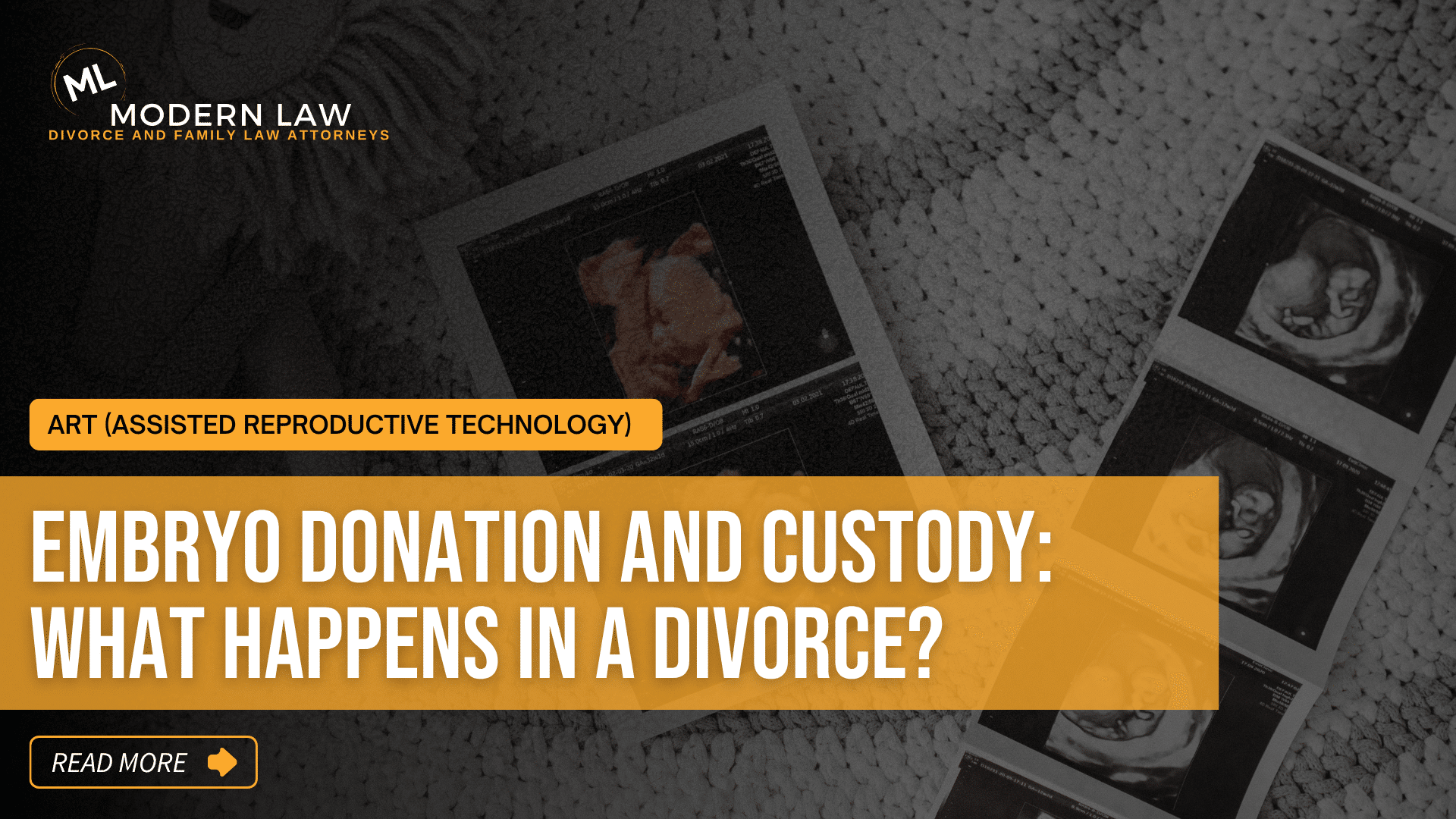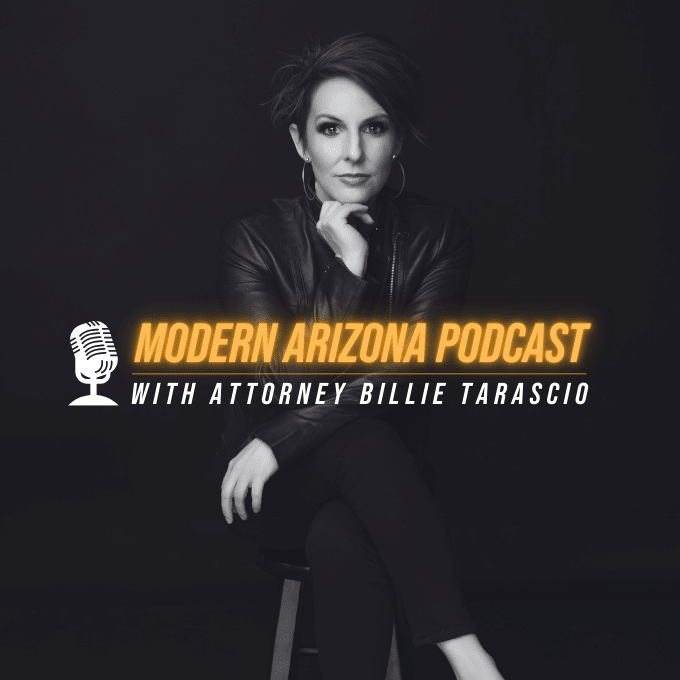The Use of Divorce Exhibits in Your Divorce Case
Divorce proceedings involve various aspects, including the presentation of evidence to support each party’s claims and arguments. Exhibits play a crucial role in presenting evidence before the court, allowing parties to substantiate their positions and strengthen their case. Let’s answer some questions about divorce exhibits and shed light on how the court deals with them.
The Role of Exhibits in Divorce Proceedings
Exhibits in divorce cases refer to physical or electronic documents, photographs, videos, or any other tangible evidence that parties submit to the court to support their claims. These exhibits help present a clear and concise picture of the facts and circumstances surrounding the case. They are not electronically filed directly but are often attached to relevant documents submitted to the court.
Submission and Marking of Exhibits
When parties submit exhibits, they are typically presented to the clerk of the court. The exhibits are then marked, indicating their relevance and intended use during the evidentiary hearing. It is important to note that exhibits are not immediately admitted or reviewed by the judge upon submission. The judge will only consider them during the hearing when a party offers to admit the exhibit into evidence.
Timing and Objections
During the evidentiary hearing, when an exhibit is offered for admission, it is the appropriate time to raise objections. Objections may be raised if an exhibit was turned in late or if proper disclosure was not provided by the opposing party. However, it is important to remember that even if an exhibit is submitted late, the judge may exercise discretion and still allow its admission.
Handling Unreliable or Inadmissible Evidence
In the event that a judge relies on evidence that is clearly inadmissible or unreliable to make a ruling, it is essential to address this issue appropriately. If the evidence was electronically filed but should not have been considered, it is important to consult with an attorney to discuss the specific details and circumstances. An experienced attorney can provide guidance on the available legal remedies, such as filing a motion for reconsideration or appealing the decision if necessary.
Judges Have Discretion
Exhibits play a significant role in divorce proceedings, allowing parties to present evidence and support their claims before the court. While exhibits are not electronically filed directly, they are attached to relevant documents and presented to the clerk of the court. The judge only reviews and considers exhibits during the evidentiary hearing when they are offered for admission. It is crucial for parties to object promptly if they believe an exhibit should not be admitted due to late submission or lack of proper disclosure. However, judges have the discretion to admit evidence even if it does not strictly comply with procedural requirements.
If a judge relies on unreliable or inadmissible evidence, seeking legal advice is essential to explore available remedies. Understanding the use and handling of exhibits can empower individuals navigating the divorce process to present their case effectively and ensure a fair outcome.







